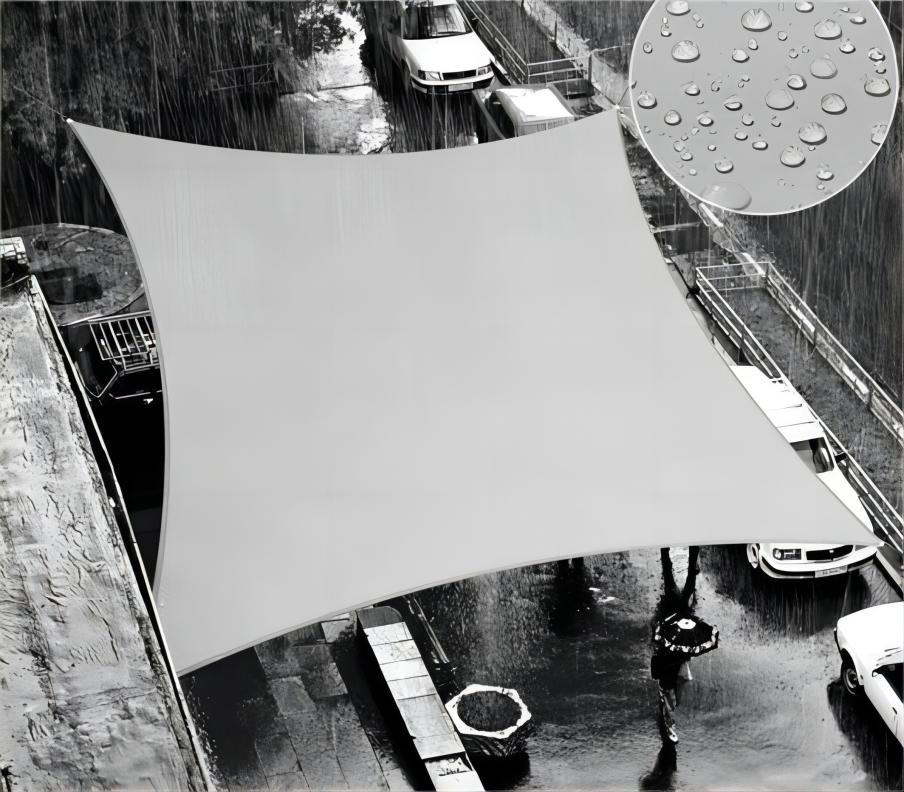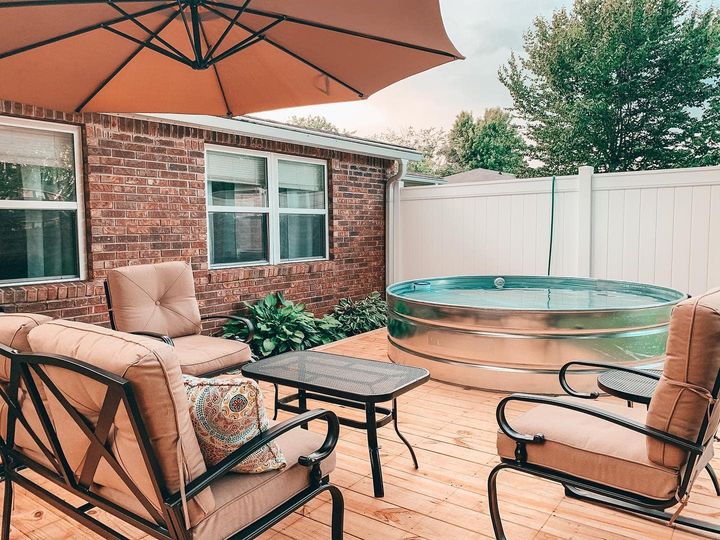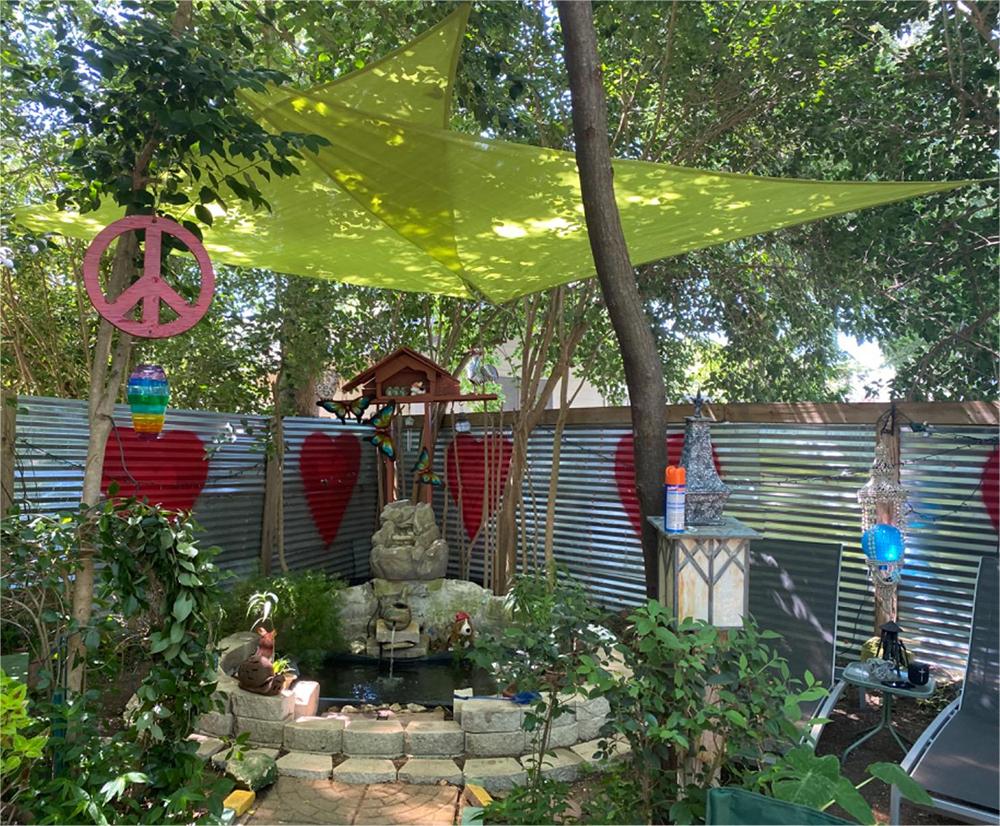Installing a shade sail is an easy and fun DIY project that we are able to do quickly with the right tools. So what about making shade sails? Unlike installation jobs, many hobbyists who make home accessories and fabrics have attempted the challenge of making shade sails and can't speak of success.
This post will explain the importance of fabric selection for shade sails from the perspective of making homemade shade sails. It's also why many people choose to buy standard shade sails instead of making their own.
Ever tried to make your shade sail?
In fact, the feeling of building a shade sail yourself is not bad. It will produce a unique sense of satisfaction to complete a wonderful creation through your labor and then use it with your own hands. Without attempts, one does not have the right of speech, and you won't know what the key to building a shade sail is until you try to make your own.
- Choose the material of the sail according to the preliminary idea and the actual climatic conditions.
- Measure the envisioned shaded area and determine the shade sail posts, anchor points, height, and size of the sail.
- Adjusting the size of the sail taking into account the stretch of the chosen material and the length of the fittings.
- Choosing the color of the sail
- Making a shade sail
The plan is simple. But it's easy to hit a wall on the first step, and I'm afraid your homemade shade sail won't last three days if you choose some random household fabric.
Problems with common fabrics
Is the shading satisfactory to you? Is it sagging due to excess weight? Can it withstand wind and rain? Is there any brittleness after barely a while? These are the kinds of questions you'll run into, and probably more.
for example:
- Sagging in whole or in part
- Unable to tauten the edges
- prone to fading or brittleness
- peculiar smell
- Easily torn by wind gusts
Are you confused? The reason is simple, the fabric doesn't work. The fabric materials commonly used in the home can be categorized into muslin, silk, cotton, and linen or chemical fibers, which are theoretically similar to those of mainstream fabrics. But outdoors, they collapse at the first blow.
Intense UV rays can fade fabric colors. Extreme temperatures and humidity tend to make fabrics damp and moldy, and gusty winds can damage fabrics. Fabrics that are not treated for UV resistance are destroyed in a short time in outdoor climates.
Features of outdoor shade sail fabrics
The fabrics of shade sails are bound to have sufficiently superior performance as compared to normal fabrics.
- Able to withstand outdoor weather extremes with high durability
- Resistant to moisture and mildew
- Resistant to fading and brittleness
- No chemical pollution
- Resistant to wind and tearing
In the face of the complex and changing climate outdoors, shade sail fabrics must be free of shortcomings. Under the wind and sunshine day after day, the fabrics of poor quality can easily be scrapped quickly due to various problems. Details determine success or failure, the real sunshade sail needs to use carefully selected fabrics, after professional craft processing, including anti-UV treatment. Especially the sun shading ability, the sun shading effect for several years as one day is not general fabrics can do.
No available fabrics?
There are always more ways than there are difficulties. If you just want shade, there are materials that can barely be used, after all, there are quite a few products that have outdoor shade. For example, curtains for balconies, and tarpaulins for cars.
But what is not generally clear is that the same sunshade fabric has different structures, and its appearance and performance will be very different. It resists wind damage, reduces heat build-up, resists UV rays and fading, maintains dimensional stability, resists stretching, and resists sagging.
The performance gap between a standard shade sail and a homemade one is comprehensive through the optimization of the weaving process.
Moreover, products that have been tested in the market have their unique craftsmanship and details. For example, the braided threads used in the shade sails evolved from ship sails and are UV-resistant and mildew-proof.
Popular fabrics for outdoor shade sails
The fabrics used in shade sails are also divided into many types according to needs. The commonly used materials for outdoor shade sails can be categorized into waterproof fabrics and breathable fabrics.
Waterproof fabrics
Polyester is a high-quality waterproof fabric with a tight mesh and excellent sun protection. 170gsm+ quality and a waterproof coating ensure excellent waterproof performance. Although this also means less breathability, it is just right for the layout of an outdoor pavilion. Hanging high up, it's more upscale than a parasol without detracting from the guest experience.
Breathable fabric
By investing more in windproof and breathable performance, the HPDE-based breathable fabric has a slightly larger mesh, but no loss of sun protection, with 95% UV blocking to keep your skin healthy. The fabric texture is soft and tough, when encountering strong winds, it can separate the manic airflow, filter and reduce the wind speed, and it is still stable as a mountain under the gusty wind. The edges are triple or even quadruple stitched, and there are braided straps to reinforce the edge protection and prevent the shade sail from being torn.
Back up plan
You might think of sourcing UV fabric to make your shade sails. If you're not doing this as a hobby, we don't recommend it, as there's a good chance the cost to you of doing this will exceed the cost of buying a shade sail outright. And it will take a lot of extra time and effort on your part.
If you want a shade sail that is unique to you or love making outdoor furniture and accessories, you can opt for a custom shade sail or custom fabric. This is the foolproof alternate option.
Finally
As a textile enthusiast, I hope the above can help you. If you are looking for the best shade protection for you and your family, SUNLAX is also a good choice for you.





